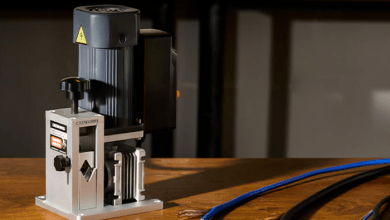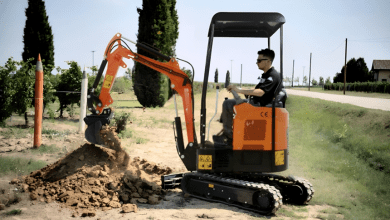
The British High Street is undergoing a remarkable transformation. Once characterised by bustling foot traffic and in-store browsing, it now faces the challenge of adapting to a digital-first consumer base. One of the most effective tools helping retailers meet this challenge is digital order solutions. Let’s explore how these technologies are reshaping retail and securing the future of the High Street.
What Are Digital Order Solutions?
Digital order solutions encompass technologies that streamline the purchasing process, allowing customers to order products or services online or through in-store devices. Examples include:
- Self-service kiosks
- Mobile apps for pre-ordering
- Click-and-collect platforms
- QR code menus in hospitality settings
These solutions offer convenience, efficiency, and flexibility, meeting the demands of modern consumers.
How Digital Order Solutions Benefit Retailers
- Enhanced Customer Experience
Speed and convenience are top priorities for today’s shoppers. Digital order solutions allow customers to browse, order, and pay on their own terms, reducing wait times and queues. For example, click-and-collect services enable consumers to purchase online and pick up in-store at their convenience.
- Improved Operational Efficiency
Automation reduces the need for manual order handling, freeing up staff to focus on customer service. Self-service kiosks in fast-food chains and mobile ordering apps in coffee shops are prime examples of how businesses can optimise operations while keeping customers satisfied.
- Data-Driven Decision Making
Digital order solutions generate valuable data, helping retailers understand customer preferences, monitor sales trends, and optimise inventory management. Personalised offers and tailored promotions based on this data can further enhance customer loyalty.
Rejuvenating the British High Street
As online shopping grows, the British High Street has struggled to maintain its relevance. However, digital order solutions offer a way to blend the best of both worlds—combining the convenience of online shopping with the unique experience of in-person retail.
By incorporating digital platforms, retailers can attract tech-savvy customers who value seamless transactions. This modern approach encourages foot traffic while enhancing the shopping experience, helping High Streets regain their status as community hubs.
Challenges in Implementing Digital Order Solutions
Despite their benefits, adopting these technologies isn’t without challenges. Common hurdles include:
- Cost of Implementation: Small businesses may find it difficult to invest in high-tech solutions.
- Staff Training: Employees must be trained to manage and troubleshoot digital systems.
- Customer Adaptation: Not all customers, particularly older generations, are comfortable using digital interfaces.
Retailers must address these issues with strategic investments and inclusive practices to ensure the successful adoption of digital order solutions.
The Future of the British High Street
The integration of digital order solutions signals a bright future for the British High Street. By embracing innovation, retailers can provide exceptional service, streamline their operations, and stay competitive in an ever-evolving market.
While challenges remain, the potential to revitalise the High Street is undeniable. As more businesses adopt digital solutions, we can expect a resurgence of vibrant, customer-focused retail spaces that merge tradition with technology.
Conclusion
Digital order solutions are not just a fleeting trend—they are a cornerstone of the High Street’s evolution. By leveraging these technologies, retailers can meet modern customer expectations while preserving the unique charm of British retail culture. The future of the High Street lies in innovation, and with digital order solutions leading the charge, it’s a future filled with promise.




